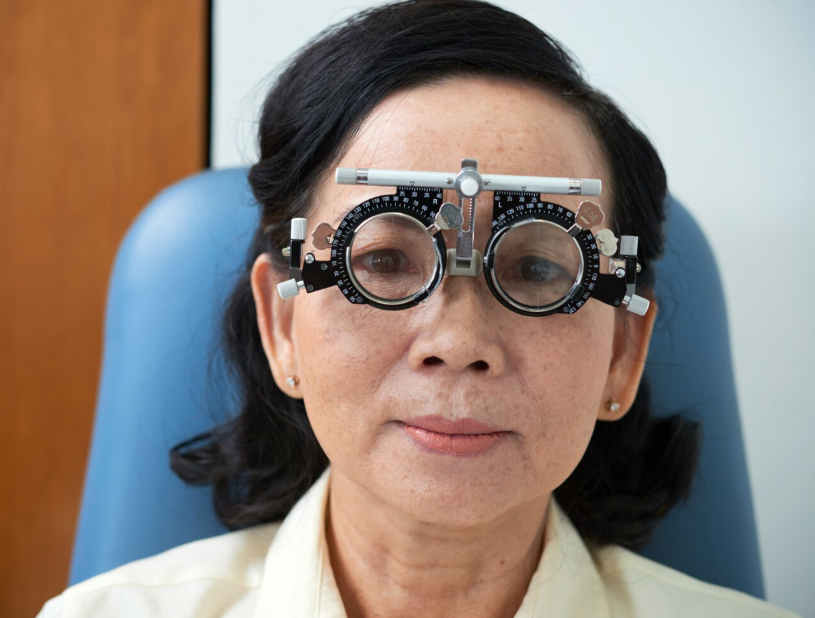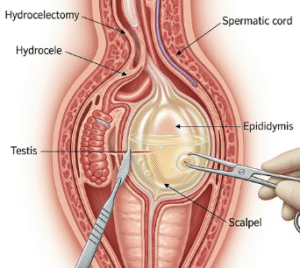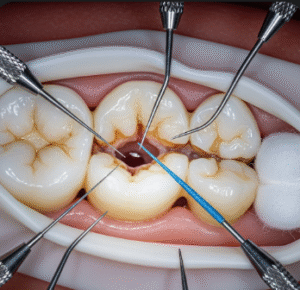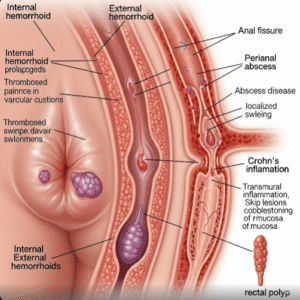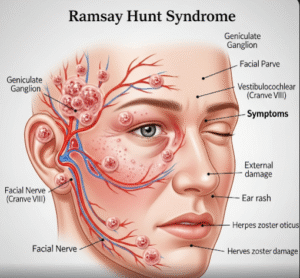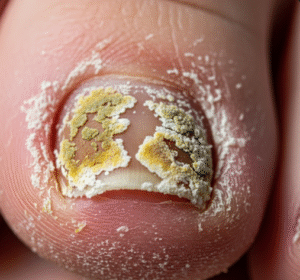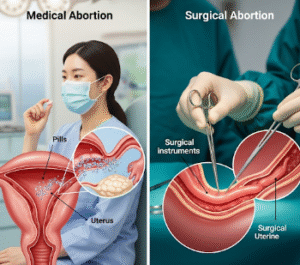Overview
Central Serous Retinopathy (CSR), also known as Central Serous Chorioretinopathy (CSC), is an eye condition in which fluid builds up under the retina, causing visual disturbances. It often affects the macula (the central part of the retina), leading to blurred or distorted vision. In Korea, advanced ophthalmology centers provide state-of-the-art diagnostics and effective treatments, helping patients recover vision and prevent long-term complications.
What is Central Serous Retinopathy?
Central Serous Retinopathy is a retinal disorder where fluid leaks from the choroid (the layer of blood vessels beneath the retina) through a defect in the retinal pigment epithelium (RPE). This fluid accumulates under the retina, leading to a localized detachment and impaired vision. The condition is often temporary but may become chronic or recurrent.
Symptoms
- Blurred or dim vision
- Distorted or wavy vision (metamorphopsia)
- Dark or gray spot in central vision
- Colors appearing dull or washed out
- Difficulty focusing
- Micropsia (objects appear smaller than usual)
- Poor night vision
Causes
- Leakage of fluid from the choroid into the subretinal space
- Defects in the retinal pigment epithelium (RPE)
- Stress-related hormonal changes (high cortisol levels)
- Corticosteroid use (oral, topical, nasal sprays, or injections)
Risk Factors
- Male gender (more common in men aged 30–50)
- High stress levels
- Use of corticosteroid medications
- Type A personality traits (high stress reactivity)
- Hypertension (high blood pressure)
- Sleep disorders (including sleep apnea)
- Pregnancy
- Helicobacter pylori infection (possible association)
Complications
- Recurrent or chronic CSR leading to permanent vision loss
- Retinal atrophy (degeneration of retinal tissue)
- Permanent central vision distortion
- Development of choroidal neovascularization (abnormal blood vessels under the retina)
- Psychological stress due to prolonged vision impairment
Prevention
- Stress management techniques (meditation, yoga, relaxation)
- Avoid unnecessary corticosteroid use
- Regular eye checkups, especially for high-risk individuals
- Controlling blood pressure and sleep patterns
- Early detection and treatment of Helicobacter pylori (if present)
Treatment Options in Korea
Korea offers cutting-edge treatments for CSR with excellent outcomes, combining non-invasive and interventional approaches.
Diagnostic Methods
- Optical Coherence Tomography (OCT) – detailed retinal imaging
- Fluorescein Angiography (FA) – detects leakage points
- Indocyanine Green Angiography (ICGA) – assesses choroidal circulation
Treatment Approaches
- Observation – Many cases resolve spontaneously within 3–4 months.
- Medications –
- Mineralocorticoid receptor antagonists (e.g., eplerenone, spironolactone)
- Anti-corticosteroid drugs to reduce leakage
- Laser Photocoagulation – Seals leakage points in select cases.
- Photodynamic Therapy (PDT) – Uses verteporfin (a light-sensitive drug) combined with a laser to target leakage with minimal retinal damage (widely available in Korean hospitals).
- Anti-VEGF injections – In rare cases with choroidal neovascularization.
Rehabilitation and Support
- Vision monitoring with Amsler grid tests
- Low vision aids if permanent damage occurs
- Lifestyle modifications for stress reduction

